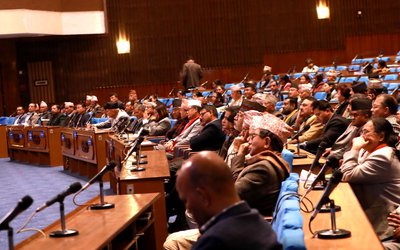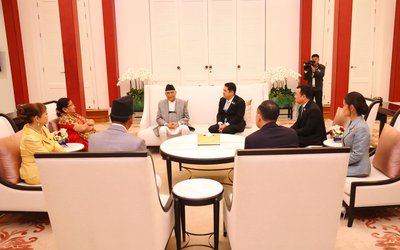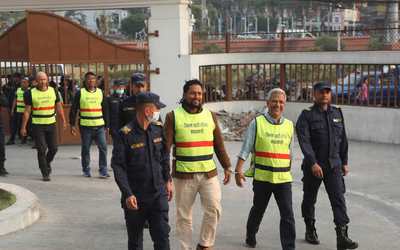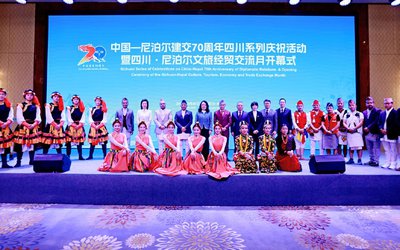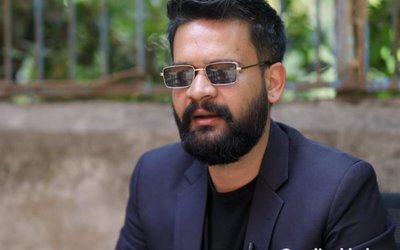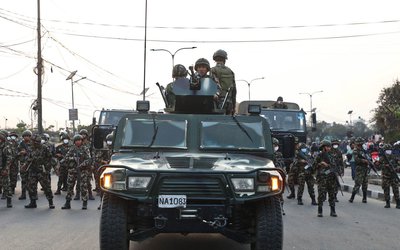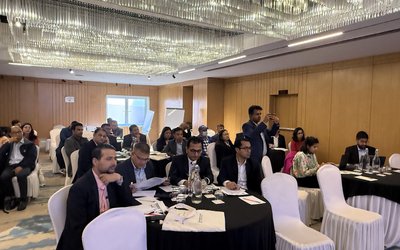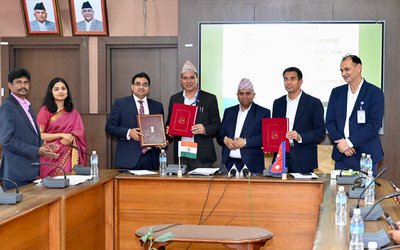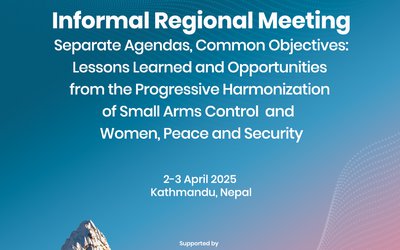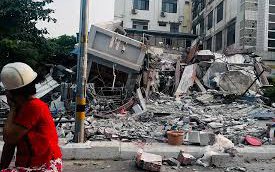
Together with the Rapid Assessment Team of Practical Action, I recently visited Salyantar VDC of Dhading District, which is one among the most affected districts from the recent earthquake. As I transected into the villages, I recalled my memories back from 2008, during which I was directly involved in supporting biogas plants, constructing a high-school building and development of drinking water system through a project funded by the German Government. There were many known faces that had lost their loved ones and their property. I wanted to go closer to them, talk and ask the kind of support they expect from organisations like us in this difficult situation. Somehow, I felt that many of them wanted to smile back and thank as we were with our team to distribute relief items for them.
A gentleman in his early 50s, named Babu Krishna Shrestha, came closer to me and said “What really hurts of all are the schools and health facilities that have been destroyed. It will take years to construct our schools, and unless this happens, our children will not forget the earthquake and this devastation”. Further discussing with him, I found that he lost his wife in this disaster who was also the Principal of Salyantar Higher Secondary School. I was greatly shocked – he was the husband of the woman I worked with eight years back to construct this school. I still remember her hard work and dedication during the entire period of construction. She greatly believed that the drop-out rates could be reduced provided an attractive school environment including infrastructures. She was strong with her arguments that poor infrastructures lead to poor student behaviour and conduct in the classroom, affects teaching learning environment, and weakens the health of children. She is no more, but I strongly feel that her arguments are highly valid. Our assessment team observed this together with many other schools in Salyantar VDC that have either been completely destroyed or require immediate renovation.
Assessing further, we found that the only Primary Health Care Centre (PHC) of Salyantar VDC is also damaged. The buildings have bigger cracks making the patients vulnerable. Emergency patients are being treated in tents while other regular patients are attended through an emergency desk just outside the PHC. As mentioned by the Health Assistant Shambhu Poudel, there were 6 delivery cases in 15 days after the earthquake. The pregnant women were kept outside until the final labor, taken inside the building for delivery and shifted outside again after the delivery. Just imagine, how risky is it for both the mother and her baby inside such building? Equal is the risk of infection to both of them after delivery.
Having the situation of community infrastructures observed, I no longer felt it necessary to ask people about their expectations. It is clear that people have more sentiments towards the community structures like schools, health posts and drinking water services. Of course, they want their children to have quality education and health care when in need. Practical Action is committed towards promoting small, light and economically feasible infrastructures/technologies in post-disaster situation and help people rise from this disaster.
Courtesy: Practical Action South Asia Blog

